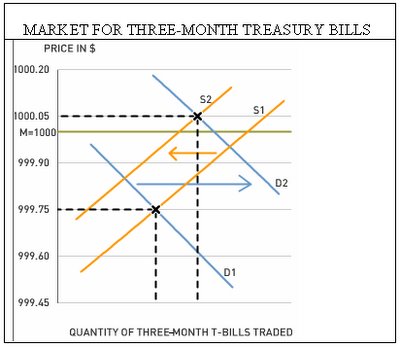On Income Caps and the Market System
by Michael Enriquez Yesterday morning on a local radio station, a few callers discussed a silly idea. The question posed to listeners was this: "Should there be a law against anyone earning over $1 million per year?" One caller talked about the celebrity Kim Kardashian, and how it is not right that she earns so much money. That is absurd. The market is rewarding Kim because of her looks, her connections, and because in recent years her public persona has been well-managed. If companies want to pay her ridiculous amounts of money for her various "talents" because people enjoy being entertained by her, then so be it. It might not be fair, but neither is life. On the bright side, we have a progressive income tax system that will tax such extravagant incomes at higher rates than the rates faced by ordinary Americans. A much better idea would be to raise marginal income tax rates on the highest tax brackets to help limit our budget deficits and get a fair amount of tax revenue from those whom our market system has allowed to earn enormous amounts of income in our nation.
Yesterday morning on a local radio station, a few callers discussed a silly idea. The question posed to listeners was this: "Should there be a law against anyone earning over $1 million per year?" One caller talked about the celebrity Kim Kardashian, and how it is not right that she earns so much money. That is absurd. The market is rewarding Kim because of her looks, her connections, and because in recent years her public persona has been well-managed. If companies want to pay her ridiculous amounts of money for her various "talents" because people enjoy being entertained by her, then so be it. It might not be fair, but neither is life. On the bright side, we have a progressive income tax system that will tax such extravagant incomes at higher rates than the rates faced by ordinary Americans. A much better idea would be to raise marginal income tax rates on the highest tax brackets to help limit our budget deficits and get a fair amount of tax revenue from those whom our market system has allowed to earn enormous amounts of income in our nation.Yet, how could economists ridicule a ban on excessive income when they support President Obama's limits on executive pay for firms that seek government assistance? The reason is that such firms were mismanaged, and as a result, they got pummeled by the market, forcing them to sheepishly seek government bailout funds. In this situation, executive salary caps are a brilliant proposal. If the firms do not like the caps, they could try getting bailed out by the market, but they will find that the market will most likely not come to their rescue. The market system will allow the firms to go bankrupt because of their poor performance. That is what the market system does to firms that perform poorly. Obama's limit is set at "only" $500,000 per year and lasts until the bailout funds are fully repaid by the firm.
The argument against the salary caps proposed by Obama is that these firms will lose good executives because they can be paid more elsewhere. But is this necessarily a problem? There are undoubtedly many capable people with better understanding of risk management and liquidity who would be happy to work for these firms for $500,000 per year. If the firms find that they cannot retain the best executives, then they will find themselves with a greater incentive to refund the taxpayer money that much sooner. If the executives who are running these firms want to earn more than $500,000 per year, they will have to get their firms back in shape and earn enough profit to repay the bailout money. An argument can be made that shareholders can oust poorly performing executives and limit executive pay by changing a corporation's board of directors. This argument is a diversion, as can be seen in an article named Shareholder Power from the Christian Science Monitor.
Let the Kim Kardashians of the financial sector go seek out new firms to mismanage!
Discussion Questions
1. Do you agree with this author's viewpoint about bans on enormous salaries? How about his viewpoint on Obama's executive pay cap plan? Is there inconsistency in his views? Is there inconsistency in yours?
2. How do you feel about America's progressive income tax system? If you were in control of the federal government, what would you do to change it, if anything?
3. What do you think about the concept that government should stay out of the free enterprise system? Do you believe that government involvement has made the global financial crisis worse, or has it helped moderate its severity?
4. Suppose that the U.S. did enact a law against anyone earning over $1 million per year. What would the corporate CEOs, celebrities, athletes, and other top earners do in response? Would they leave the country? What other complications might arise from such a law?
Labels: Banking, Incentives, Price controls, Taxes







